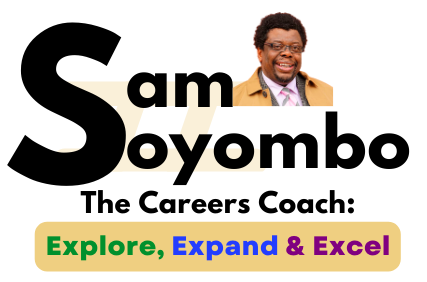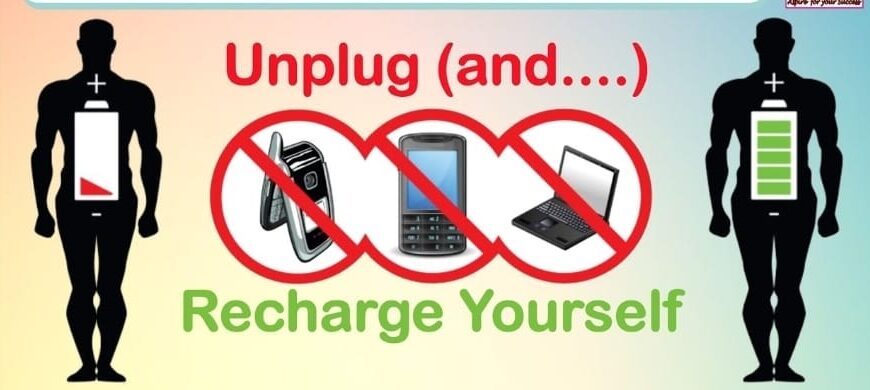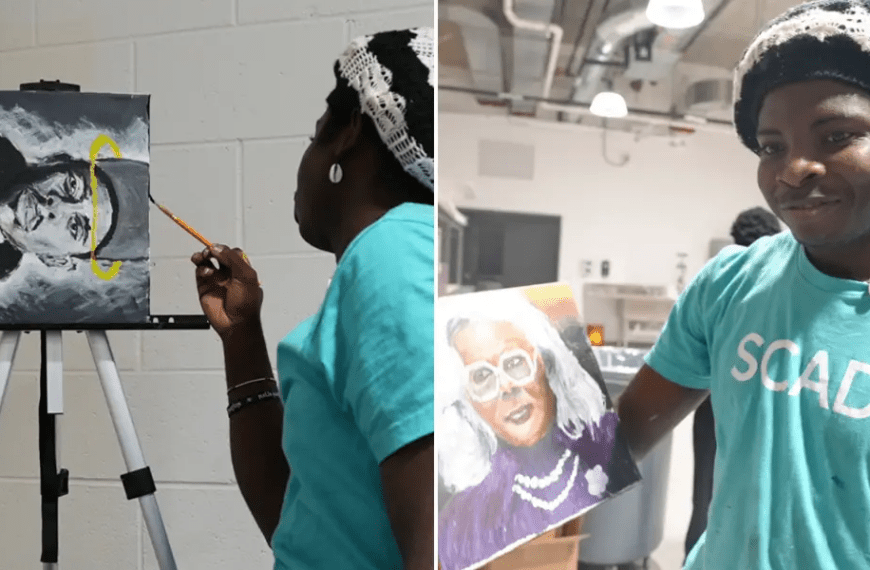
Job interviews can be intimidating, especially when faced with competency-based interviews that require candidates to provide real-life examples of their skills and abilities. However, understanding and applying the STARR technique can overcome your anxiety and confidently showcase your capabilities. This technique, which stands for Situation, Task, Actions, Results, and Review, provides a framework for effectively communicating your experiences and achievements. In this blog post, we will delve into each component of the STARR technique and offer tips to help you create impactful responses that set you apart from other candidates.
Breaking Down the STARR Technique:
1. Situation:
In the Situation component of the STARR technique, you describe the context or situation in which you demonstrated a specific competency. Providing enough details to help the interviewer understand the scenario is essential. Talk about the company, project, or team involved. Paint a clear picture of the situation and its relevance to the assessed competency.
For example, if the competency is leadership, describe a situation where you led a team on a critical project. Explain the background, the project’s importance, and any challenges or obstacles you encountered. By setting the stage effectively, you engage the interviewer and provide context for your subsequent responses.
2. Task:
The Task component focuses on clearly stating the specific job or challenge you faced within the given situation. Be concise and highlight the key objectives you aimed to achieve. This part demonstrates your ability to identify and prioritise goals, showcasing your focus and strategic thinking.
When discussing the task, be specific and clearly understand what you are trying to accomplish. Outline the expectations, targets, or deliverables associated with the task. This will demonstrate your ability to understand and address the requirements effectively.
For example, if the competency is problem-solving, describe a challenging problem you encountered and the specific objective or solution you were tasked with achieving. Clearly articulate the problem’s impact and the desired outcome.
3. Actions:
The Actions component forms the core of your response. Here, you describe the actions you took to address the task or challenge at hand. It’s crucial to focus on the steps you implemented and the skills you utilised. Use action verbs to make your response more engaging and impactful.
When discussing your actions, be specific and provide details that demonstrate your expertise and abilities. Highlight the strategies, methodologies, or techniques you employed. Discuss the decisions you made and the rationale behind them. This will showcase your critical thinking, problem-solving skills, and ability to take initiative.
For example, if the competency is teamwork, explain your steps to foster collaboration and communication within your team. Highlight any strategies or initiatives you implemented to ensure effective teamwork and project completion.
4. Results:
The Results component is where you highlight the outcomes of your actions. Describe the specific results you achieved and how they contributed to the overall success of the project or task. Did you meet or exceed expectations? Whenever possible, quantify your achievements to provide tangible evidence of your success.
When discussing the results, focus on the impact you had. Talk about how your actions made a difference, whether it was saving time or money, improving efficiency, or enhancing the quality of the outcome. By quantifying your achievements, you add credibility to your response and provide concrete evidence of your abilities.
For example, if the competency is sales, discuss the specific targets you achieved, the revenue generated, or the increased customer satisfaction due to your actions.
5. Review:
The Review component is the reflection part of the STARR technique. Here, you reflect on the experience and discuss any lessons learned or personal growth that occurred as a result. It demonstrates your ability to evaluate your performance, learn from your experiences, and adapt to future situations.
When reviewing, be introspective and thoughtful. Discuss the challenges you faced and how you overcame them. Highlight the skills you developed or strengthened through the experience. This shows your ability to learn and grow, which is valuable to employers seeking candidates with a growth mindset.
For example, if the competency is adaptability, discuss how the experience challenged you to step outside your comfort zone, learn new skills, or adapt to unexpected circumstances. Talk about the insights you gained and how you would approach a similar situation differently in the future.
Crafting Impactful Responses:
To make your responses stand out, consider the following tips:
1. Emphasise scale and complexity:
When selecting examples, choose ones that showcase your abilities on a larger scale or in complex situations. Highlight experiences that required you to handle challenging tasks and responsibilities effectively. This demonstrates your capacity to thrive under pressure and tackle demanding projects.
For example, if you have experience managing cross-functional teams or leading complex projects with tight deadlines, emphasise those instances to showcase your ability to handle complexity.
2. Highlight your track record:
If you consistently deliver positive results in similar situations, mention it. Talk about your track record of success and how it establishes your reliability and credibility. Highlight any recurring themes or patterns in your achievements to showcase your consistency.
For example, if you consistently exceed sales targets, mention your track record of achieving and surpassing goals. This highlights your ability to deliver results consistently.
3. Showcase core personality traits:
In addition to technical skills, employers value certain personality traits that align with their company culture. Use your responses to highlight leadership, teamwork, problem-solving, and adaptability. Showcase these traits through your actions and the way you approach challenges.
For example, if the competency is teamwork, discuss how you fostered collaboration, resolved conflicts, and facilitated open communication within your team. This highlights your ability to work effectively with others and contribute positively to a team dynamic.
4. Authenticity is Key:
While preparing your responses in advance is essential, remember to be authentic and genuine during the interview. Share examples based on real experiences, and let your enthusiasm and passion shine through. Interviewers can detect when candidates are being insincere, so be true to yourself while effectively conveying your abilities.
Conclusion:
Competency-based interviews may seem daunting, but with a solid understanding of the STARR technique, you can confidently showcase your skills, accomplishments, and potential for future success.
You can set yourself apart from other candidates by effectively structuring your responses using the Situation, Task, Actions, Results, and Review framework and crafting compelling examples highlighting your competencies. Emphasise scale and complexity, highlight your track record and showcase core personality traits that align with the company’s values.
Stay authentic throughout the interview process, and let your genuine enthusiasm and passion for your work shine through. With the STARR technique as your guide, you can succeed in competency-based interviews. Good luck!
More Articles on Find Yourself
FAQs:
Q1: What is the STARR technique?
A1: The STARR technique is an acronym that stands for Situation, Task, Actions, Results, and Review. It is a framework used to structure and communicate experiences and achievements during competency-based interviews.
Q2: How can the STARR technique help me in a job interview?
A2: The STARR technique provides a structured approach to effectively communicating your skills and abilities. Using this technique, you can overcome anxiety, showcase your capabilities, and stand out from other candidates.
Q3: How can I demonstrate adaptability in my responses?
A3: When discussing adaptability, focus on experiences where you had to step outside your comfort zone, learn new skills, or adapt to unexpected circumstances. Reflect on the insights gained and how you would approach similar situations differently in the future.
Q4: Can I use the STARR technique for other types of interviews?
A4: While the STARR technique is commonly used in competency-based interviews, it can also be applied to other interview formats. Its structured framework helps you effectively communicate your experiences and achievements, making it a valuable approach in various interview settings.
Q5: How important is authenticity in an interview?
A5: Authenticity is crucial in an interview. While preparing your responses is essential, being genuine to yourself is equally important. Interviewers can often detect insincerity, so it’s best to showcase your abilities and enthusiasm in an authentic manner.











